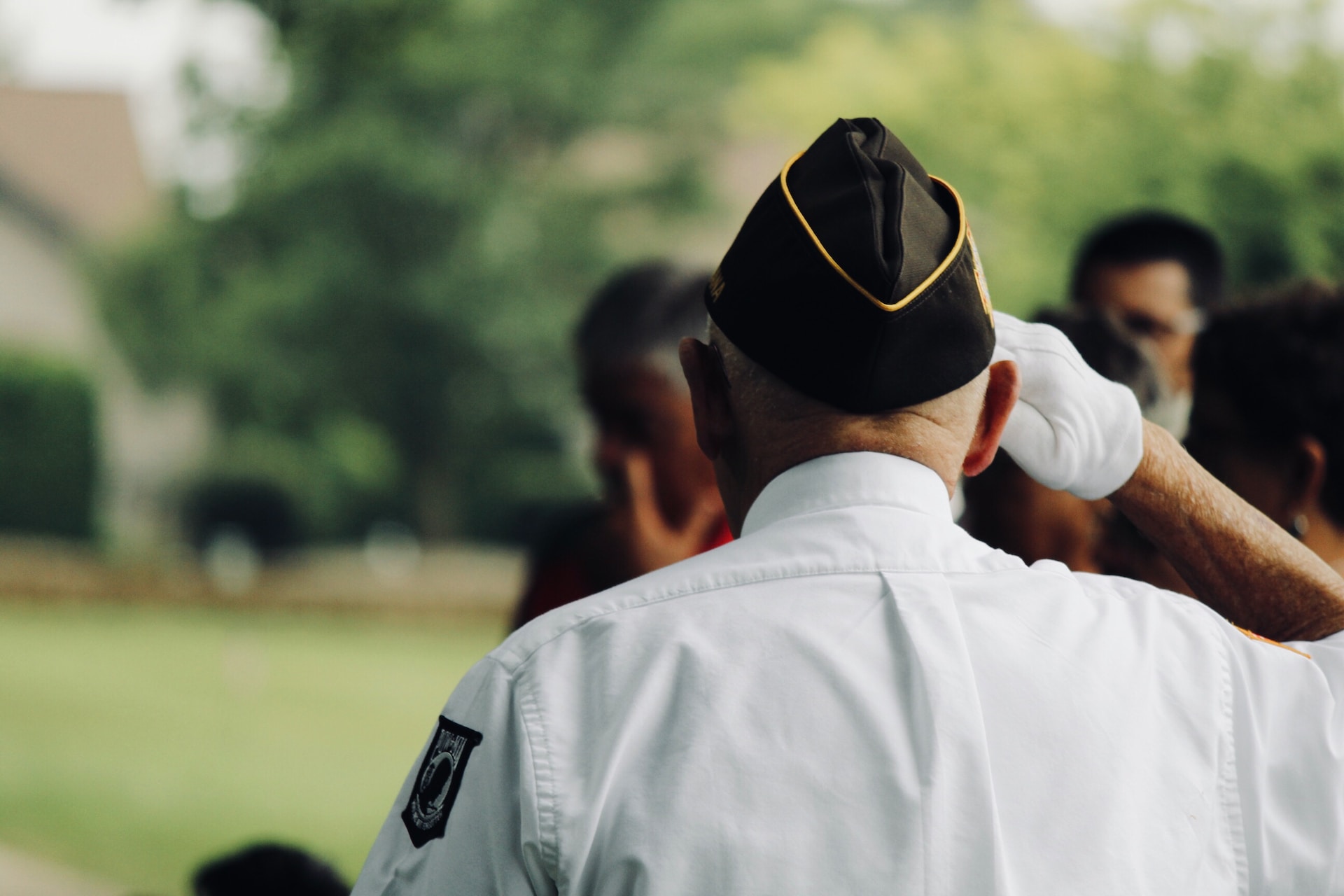When we discuss the military, it’s easy to picture soldiers’ direct challenges on the battlefield. But an often overlooked struggle emerges once they return home: the pursuit of financial stability.
While their discipline and resilience are unquestionable, the economic terrain can be unexpectedly tricky. A significant curve in this journey is exploring options like debt relief programs for veterans.These programs aim to recognize their service and provide them with tools and resources to ensure their financial stability and success in this new phase of their lives.
As we delve deeper into this topic, we aim to shed light on the nuanced financial scenarios veterans encounter post-service, including the potential lifelines available. There’s more to their story than meets the eye, which deserves our attention.
Contents
- 1 Military Compensation: A Closer Look
- 2 Transitioning to Civilian Life: Navigating New Terrain
- 3 The Educational Pathway: Bridging the Skill Gap
- 4 The Employment Equation: Aligning Skills and Opportunities
- 5 Health Considerations: Lingering Echoes of Service
- 6 Addressing Debt: A Growing Concern
- 7 Illumining the Often Overlooked
Military Compensation: A Closer Look
What resonates with you when the term “military career” is mentioned? For most, it’s likely the rigorous training regimes or valiant missions undertaken. However, let’s delve deeper into another significant aspect: compensation.
Much like in the civilian world, compensation in the military varies, influenced by factors such as rank and specific responsibilities. Yet, when contextualizing this remuneration, one must consider the unique challenges: frequent relocations and inherent risks. While the military provides commendable benefits, including healthcare, housing, and retirement packages, a comparative analysis with civilian compensation structures may unveil nuances that offer fresh insights.
Transitioning from active military service to civilian life extends beyond mere occupational change. Picture this: one moment, you don a uniform, and soon after, you’re immersed in the intricacies of securing housing, seeking employment, and adapting to a distinct societal rhythm.
This transition also brings unexpected financial obligations – from initial housing costs to expenses associated with job searches. It represents a profound shift in daily living and is more encompassing than merely retiring a uniform. It’s about redefining one’s role in a new context, both professionally and socially.
The Educational Pathway: Bridging the Skill Gap
Upon returning from service, numerous veterans contemplate further education or acquiring additional skills to thrive in the civilian job market. While resources such as the GI Bill are pivotal in aiding this transition, they have limitations.
A challenge veterans often face is articulating how their military experience aligns with civilian job criteria. Bridging the gap between military proficiency and civilian job expectations is akin to merging two distinct dialects. Crafting a narrative that seamlessly integrates military expertise within the context of civilian roles is an intricate endeavor.
The Employment Equation: Aligning Skills and Opportunities
When our veterans dive into the civilian job pool, they bring more than just basic skills. They’ve got this fantastic mix of discipline, specific talents, and unique viewpoints – seriously, it’s impressive.
But here’s the catch: even with all that, there’s often this gap between what they’re trained to do and the jobs that are up for grabs. It’s like having a gourmet chef in a fast-food joint. This mismatch can lead to them taking jobs below their skill level, and you can bet that impacts their wallet, too. It’s a tricky situation, to say the least.
Health Considerations: Lingering Echoes of Service
Let’s dive into a topic that’s a bit sensitive but super important: health after active service. When our vets come back, they might have scars and injuries we can see, but sometimes, there’s a lot going on beneath the surface.
Mental, emotional, you name it. Now, it gets even trickier: when they reach out for help, the health system they encounter is a different walk in the park. Picture long waits, tons of paperwork, and more red tape than you’d like. All these bumps on the road often come with unexpected bills. Talk about a tough pill to swallow.
Addressing Debt: A Growing Concern
Let’s talk about money – especially when it comes to our vets. Picture this: they’re transitioning back to civilian life, maybe even heading back to school or dealing with health bills. All these can stack up, leading to a mountain of debt. Here’s the kicker: some lenders out there aren’t exactly rolling out the red carpet for them.
Think tricky terms and conditions that aren’t always in their favor. But there’s a glimmer of hope – there are military debt relief programs specifically tailored for our vets. So, if you’re a vet or know one, it might be worth contacting these military debt relief initiatives. They can offer guidance and tools to navigate this financial maze. It’s a brutal scene, but knowing where to turn can make all the difference.
Illumining the Often Overlooked
When we reflect on military service, our thoughts often gravitate toward the evident challenges on the battlefield. However, a less conspicuous yet equally significant battle our veterans face once they return is navigating financial hurdles. Although not always in the spotlight, these financial intricacies are critical to address.
By deepening our understanding and actively responding to these challenges, we pave the way for a more supportive environment, ensuring our veterans receive the comprehensive care and assistance they’ve rightfully earned. It’s not just about acknowledgment; it’s about action and creating a framework of genuine support.





